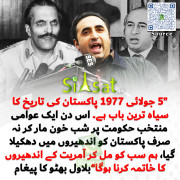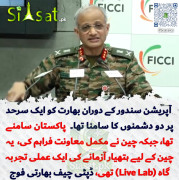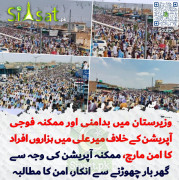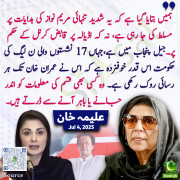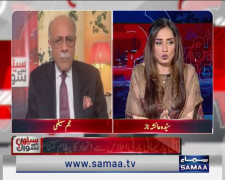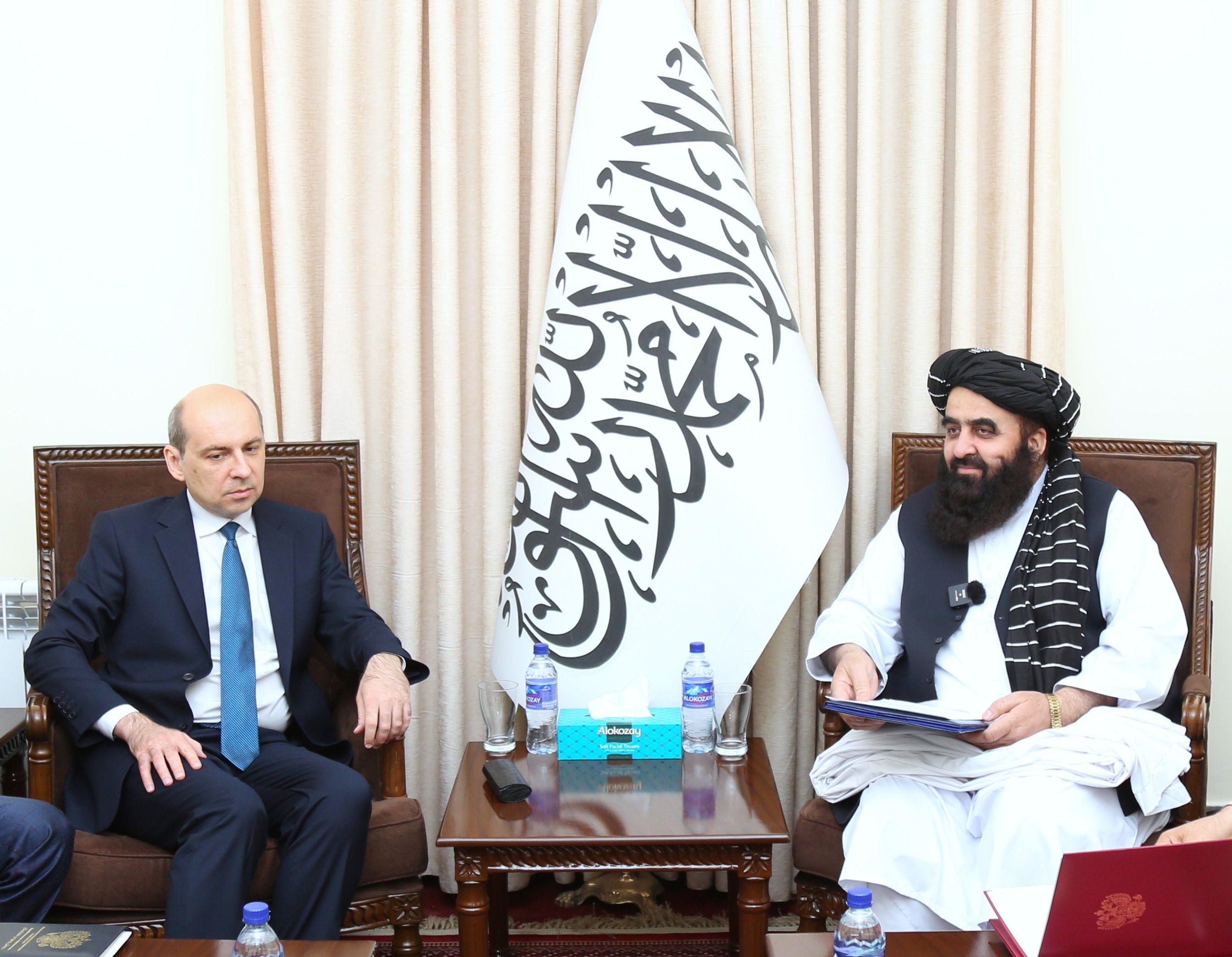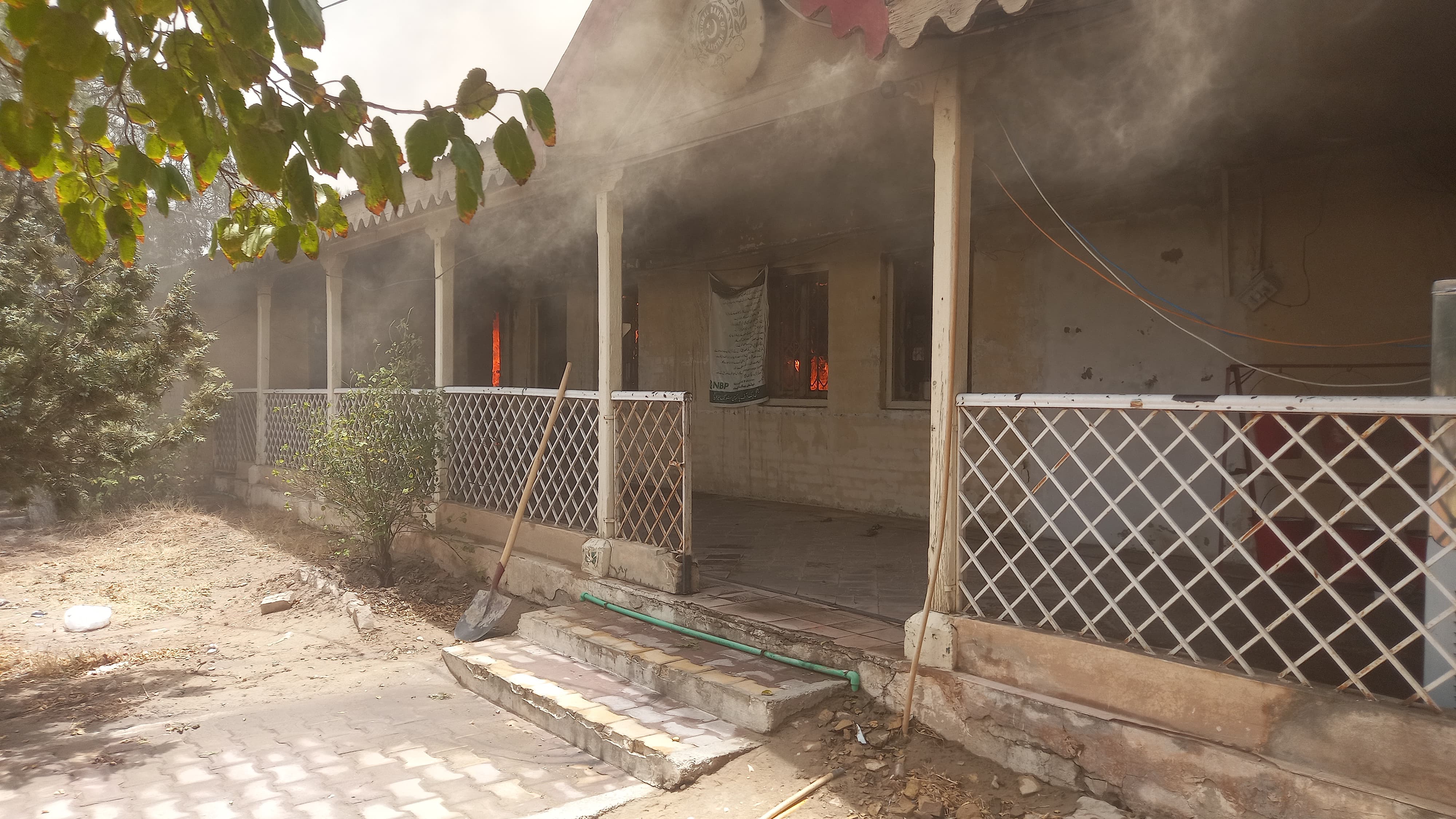[FONT=&]
[/FONT][FONT=&]-Virag Pachpore
As the holy month of Ramzan concludes today with the celebration Eid, I am reminded of a meeting with Gulam Hussain, a young, intelligent Muslim friend of mine who came to my place to discuss some important matters. During the course of discussion he said: We Shias have a 1400-year-old strong relationship with the Hindus. I was surprised. But more surprises were waiting for me when he disclosed that the Shias in India had volunteered to help Hindus build a grand Ram Temple at Ayodhya and offered a sumptuous monetary help also![/FONT][FONT=&]Now this was really shocking. I have been associated with a nationalist Muslim movement for nearly a decade but never come across any Muslims speaking in this style. From my study of Muslims in India, all that I could gather was that the Muslims came to India as traders and invaders bringing with them a horrid tale of destruction, religious conversions and plunder and loot. And what this young Muslim friend of mine was unfolding before me was an altogether different side of the Muslim history. I tried to verify and cross-check from the historical records what he told me and a new vista on relationship of Hindus and Shia Muslims opened before me which I believe many would appreciate and relish.[/FONT][FONT=&]Historical evidences: One has to go back to understand the deep roots of this bondage between the Hindus and the Shia Muslims. After the death of Prophet Mohammed, he was succeeded by Abu Bakr, Omar and Osman, as the Caliphs. All three were related to him by marriage alliances. Osman was not popular and was assassinated. After his death, Hazrat Ali, the son-in-law of Mohammed (he was also his first cousin) who was married to the Prophets third daughter and the only surviving issue Bibi Fatima Zahira, became the 4th Caliph. There was stiff opposition to Alis rule from Amir Moavia, a known protege of Osman. He fought with him a bitter war for five years and finally got him murdered in a mosque of Koofa, his mausoleum with a golden dome, stands in the nearby town of Najaf in Iraq.[/FONT][FONT=&]After the extermination of Ali, Moavia grabbed the Caliphate and converted the Islamic state into a kingdom. After his death, his notorious son Yazid became the next ruler. However, the rightful claimants of the Caliphate were the descendants of Hazrat Ali, namely, Hassan and Hussain. While Hassan abdicated his claim to the crown and later died of suspected poisoning, his younger brother Imam Hussain who was till then leading a secluded life in Medina came out and challenged the usurper, Yazid. It was the war of attrition between the two which led to the bloodshed of Karbala (102 km south of Baghdad), on October 10, 680 AD.[/FONT][FONT=&]Hussains desire to visit India: Imam Hussein was encircled by the army of Yazid. Hussein had pleaded Yazid to allow him to go to India which was then the Hindu country and he knew that Hindus shunned violence and that they were just affectionate towards each other. He did not want to go to any Islamic country because he knew that he would be unsafe in any Muslim country. He had full faith and trust on Hindus.[/FONT][FONT=&]The other reason for him to go to India was because his wife Shahar Bano and queen of Emperor Chandra Gupta, Chandra Lekha, were sistersboth being daughters of the Shah of Iran. He knew that he would be only welcomed in India. This historical fact was confirmed by noted Hindi writer Raj Kumar Asthana in his book Ancient India.[/FONT][FONT=&]Imam Husseins eldest son Zainul Abedeen, wrote a letter to Emperor Chandra Gupta seeking his help in their fight against the forces of Yazid. The letter is available at the museum in Rajasthan. On the receipt of this letter Emperor Chandra Gupta dispatched a strong army of 5000 of which the Dutta Brahmans had comprised the major portion, under the command of General Bhurya Dutt. However, by the time this contingent reached the battlefield of Karbala, Imam Hussain and his entourage of 72 was completely eliminated.[/FONT][FONT=&]Valient fight by Dutt Brahmans: Ameer Mukhtar, one of Imam Husseins trusted disciples was in the process of avenging the death of his master and when he knew of Hindu contingent arriving to help them, he welcomed them at the place known as Darra-e-Hindeeya even today! The Hindu forces joined Ameer Mukhtar and fought valiantly with the evil forces of Yazid under the command of Bhurya Dutt. Later, some part of the contingent stayed back while a part of it returned to India.
http://en.newsbharati.com/Encyc/2013/8/9/Hussaini-Brahmans-A-historic-bondage-between-Hindus-and-Shias#.V_D36u9rjQ4 [/FONT][FONT=&]When Emperor Chandra Gupta came to know about the martyrdom of Iman Hussein and his entourage he was grief-stricken and his entire kingdom offered homage to the departed soul. This was the beginning of Moharrum the festival of Shias. It was started by Hindu India when there was no Islam and no Musslaman here. The sacrifice of Imam Hussein is vividly described by many a Hindu poets in their poems.[/FONT][FONT=&]Tafsir-e-Islam gives the vivid account of Dutt Brahmans sacrificing their lives for Imam Hussein. The 72 members-40 on foot and 32 on horseback- accompanied Hussain when he left Medina and made an arduous trek to Karbala, where he had a large friendly following. After 18 days, i.e. on the second day of Mohurrum, the Hussains caravan reached Karbala, on the bank of river Euphrates and surrounded by a hostile desert.[/FONT]



